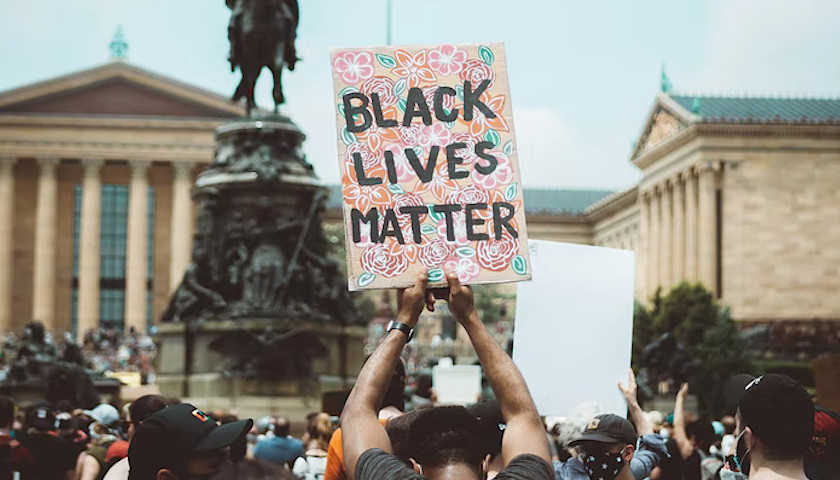by Kurt Mahlburg
The New York Times is widely regarded as the newspaper of record in the United States. Founded in 1851 to appeal to a cultured, intellectual readership rather than a mass audience, the Gray Lady has won a record-breaking 137 Pulitzer Prizes, including for its reporting on the infamous Pentagon Papers.
In times of sharp political polarization, however, the reputation of the Times, like many other outlets, has suffered significant damage. Arguably, much of this is self-inflicted, with the paper increasingly setting aside its iconic moniker “All the News That’s Fit to Print” in pursuit of activist journalism.
As I previously highlighted at Intellectual Takeout, countless legacy press outlets have earned their “fake news” status through years of dishonest reporting on too many matters of national interest. The Times is as culpable as any in myriad scandals: the Russia collusion hoax, Hunter Biden’s laptop, denying the origins of the COVID-19 virus, and many more.
It’s a sordid record. However, what readers might be surprised to learn is that, for The New York Times at least, this record stretches back over more than 90 years.
One of the Pulitzer Prizes awarded to the Times went to Walter Duranty, the paper’s Moscow bureau chief for the first 14 years (1922–1936)” of Josef Stalin’s bloodthirsty reign in the USSR.
Far from receiving the prize for exposing Stalin’s cruelty, Duranty earned his stripes by effectively covering up the regime’s worst atrocities, including the Holodomor—the manmade Soviet famine that killed some four million Ukrainians.
As explained by NPR:
Duranty was The New York Times’ man in Moscow, as the line went, with a cushy apartment in which to entertain expatriates and a reputation as a leading authority on the Soviet Union. Duranty had staked his name on the idea that Josef Stalin was the strong leader the communist country needed. He is often credited with coining the term ‘Stalinism.’
In return, Duranty won rare interviews with Stalin and wrote glowingly about Stalin and his plans. The Pulitzer board cited his ‘dispassionate interpretive reporting’ in awarding him a prize in 1932 for a series of reports the previous year. The first was a front-page article that started with the line: ‘Russia today cannot be judged by Western standards or interpreted in Western terms.’
In truth, between 1932 and 1933, Stalin’s henchmen carried out a campaign of forced collectivization and grain confiscation in order to crush Ukrainian resistance to Soviet power. Helpless, Ukrainians survived on rodents and wild plants until even these food sources dried up and millions succumbed to starvation.
Rather than carry out his journalistic duties, Duranty swallowed Soviet propaganda whole and laundered it for consumption by a naive Western public.
It took until the 1980s for The New York Times to acknowledge Duranty’s crooked journalism. Even then, the Times never apologized for it or returned the Pulitzer Prize, preferring to pass the blame, writing on its website, “The Pulitzer board has twice declined to withdraw the award, most recently in November 2003, finding ‘no clear and convincing evidence of deliberate deception’ in the 1931 reporting that won the prize.”
The Gray Lady deserves comparable criticism for its underreporting on the Holocaust. According to Laura Leff, a journalism professor at Northeastern University, “No American newspaper was better positioned to highlight the Holocaust than the Times, and no American newspaper so influenced public discourse by its failure to do so.”
The Times had 30 reporters stationed in Europe during World War II who were well-placed to fully expose the Holocaust. Leff argues that, while the paper did publish around 1,200 articles relating to the topic, only 26 of its 24,000 wartime front pages were dedicated to the most devastating genocide in history, and most of those failed to report on the Nazi’s specific targeting of Jews.
What is the lesson for us today?
As the famed Fourth Estate, the media has an essential role to play in safeguarding the American republic. When it fails at this duty, everyone suffers.
The 2020s present consumers of news media with a critical choice. When papers like The New York Times have demonstrably deceived the public on so many occasions, will we use discernment going forward? Where will we go for the truth?
Be warned that many once-trusted institutions have been co-opted in the culture war.
Most importantly, read today’s headlines knowing they could be next century’s retractions.
– – –
Kurt Mahlburg is an emerging Australian voice on culture and the Christian faith. He has a passion for both the philosophical and the personal, drawing on his background as a graduate architect, a primary school teacher, a missionary, and a young adults pastor. Since 2018, Kurt has been the Research and Features Editor at the Canberra Declaration. He is also a freelance writer and a regular contributor at Mercator, the Spectator Australia, Caldron Pool, and Intellectual Takeout. He is married to Angie, who hails from Milwaukee, Wisconsin.
Photo “New York Times Building” by Haxorjoe. CC BY-SA 3.0.




